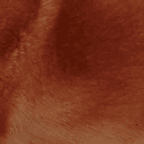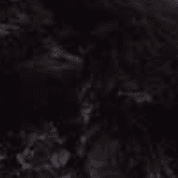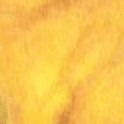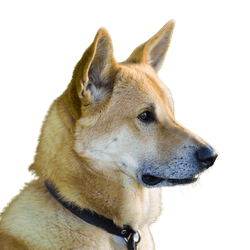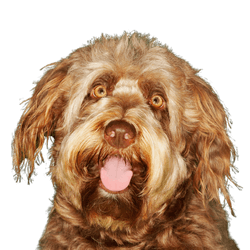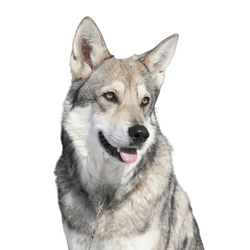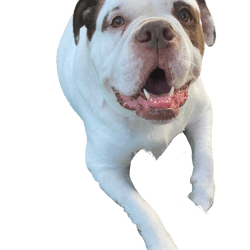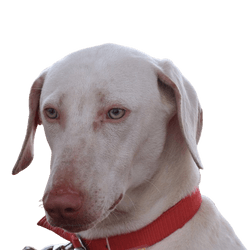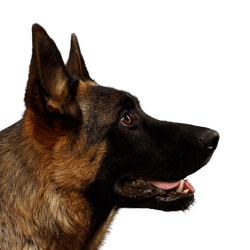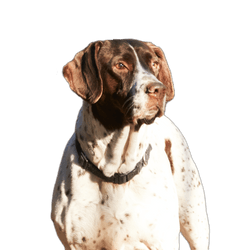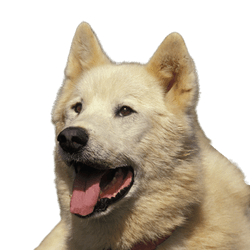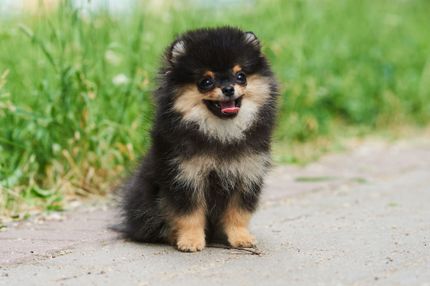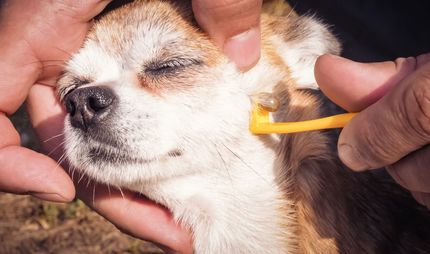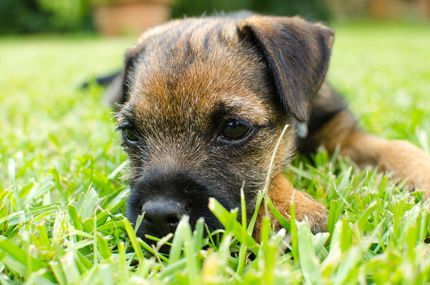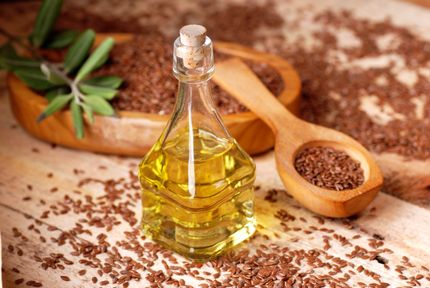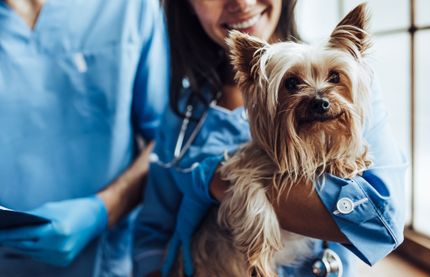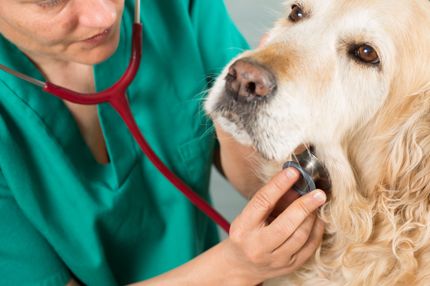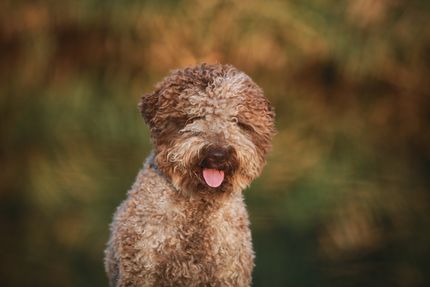Facts & Origin
Origin of the Broholmer
The Broholmer originates in Denmark. In the Middle Ages, dogs of this breed were used for
- deer- and
- wild boar hunting. Later, the animals served as
- guard dogs on estates and farms.
They are named after Broholm Castle on Fyn Island. There, Count Sehested was invested in the breeding of the Broholmer. Pure breeding of this dog breed started at the end of the 18th century. The Broholmer also goes by the name Danish Mastiff.
After the Second World War, the breed almost became extinct. In the middle of the 70's, a group of breed lovers started to revive the breeding of Broholmers. The Danish Kennel Club supported them in their efforts.
Re-breeding was done with the historical Broholmer type. Related breeds were also used. In 1982, the Fédération Cynologique Internationale, FCI for short, recognised the Broholmer as a breed. The Broholmer belongs to the FCI group two. These include Pinscher and Schnauzer, Molossoid and Swiss Mountain and Cattle Dogs. It is listed as a Mastiff in section 2.1, standard number 315.
Today, the Broholmer enjoys growing popularity. Its pleasant nature and powerful appearance make it a reliable companion for humans.
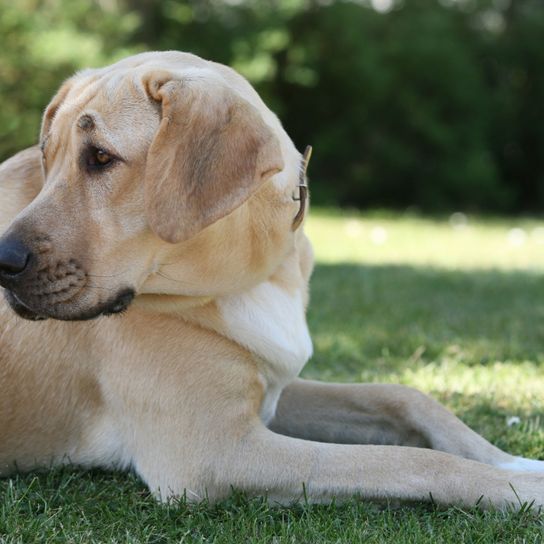
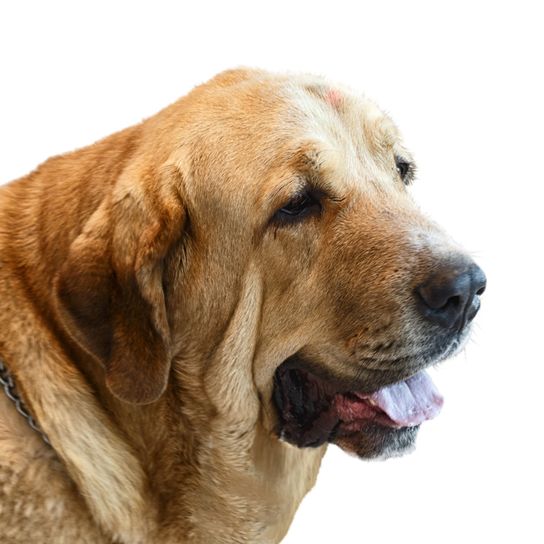
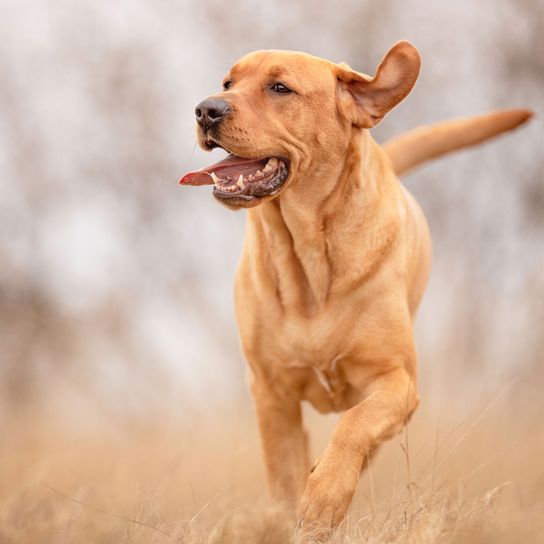
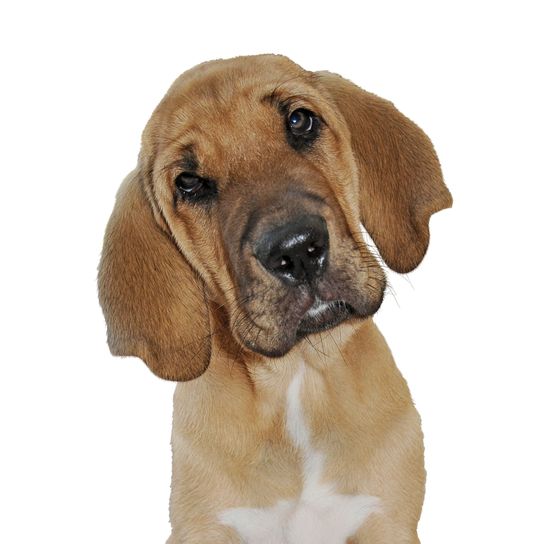
| Alternate Name | Danish Mastiff |
| Origin | Denmark |
| Life expectancy | 8 - 10 years |
| Care requirements | low-maintenance |
| Activity level | average |
| FCI group | Molossian type |
| AKC group | not recognised |
| KC group | not recognised |
Broholmer mixes
Attitude, character and temperament of the breed
Typical characteristics of Broholmers
The Broholmer is a calm, patient dog that doesn't show aggression. The Broholmer's balanced character is a very important quality in breeding. Because of their size and weight this is also necessary in order to be able to handle the dogs well in everyday life.
These relaxed animals enjoy living among a human pack. The calm giant reliably protects family members and especially children. If the dog sees a threat, it tries to keep potential danger away. It does not attack, but presents itself as a committed watchdog.
These self-confident dogs need loving and consistent training, because they tend to be stubborn. Patience and a calm approach lead to success, harsh treatment does not. A badly trained Broholmer is very hard to lead, since it will simply pull you along during walks.
Usually a Broholmer gets along well with other pets. Towards strangers it holds itself back at first. The Broholmer is an uncomplicated dog by nature. However, because of its enormous body size it needs sufficient amounts of space. Frequently having to climb stairs is not healthy for the large dog.
Animals of this old and rather rare dog breed serve as companion dogs, guard dogs and family dogs. The huge Broholmer has a good-natured, calm and friendly character. They are very alert.
Character
Usage
Typical diseases of Broholmers
The Broholmer is a relatively healthy dog breed. It is quite easy to care for them. However, the size of the four-legged friends brings some typical illnesses with it.
The following diseases are more common:
- Hip and elbow dysplasia
- Eye diseases
- Heart diseases
Check your dog's ears, claws and teeth regularly. Keep an eye on their weight and provide them with high-quality food.
If the dog shows unusual behaviour in everyday life, when running or eating, observe it well. If in doubt, bring your dog to the vet in good time.
A Broholmer needs to be fed big amounts of good quality food. Be sure to take this cost factor into account.
If you want to buy a Broholmer, you may have to take a test for a dog-handler's license or do a certificate of competence for dog owners because of the sheer size of this breed. Regulations on keeping vary from state to state.
What is to be considered when breeding Broholmers?
Dogs of this breed are relatively rare. The gene pool for breeding is small. Finding a suitable breeding pair is therefore complex and requires good expertise.
In order to breed only with healthy dogs, various tests are recommended:
- X-ray of hip and elbow
- Examination of the heart
- X-ray check of the back
- Character test
Extensive information about Broholmer puppies and about breeding Broholmers can be found for example on the pages of the Verband für das Deutsche Hundewesen and at the Kynologische Gemeinschaft für Broholmer.
As the owner of such a powerful dog, you must always act carefully, especially when meeting other people or animals. You have a bundle of strength at your side, which may cause anxious reactions in others.

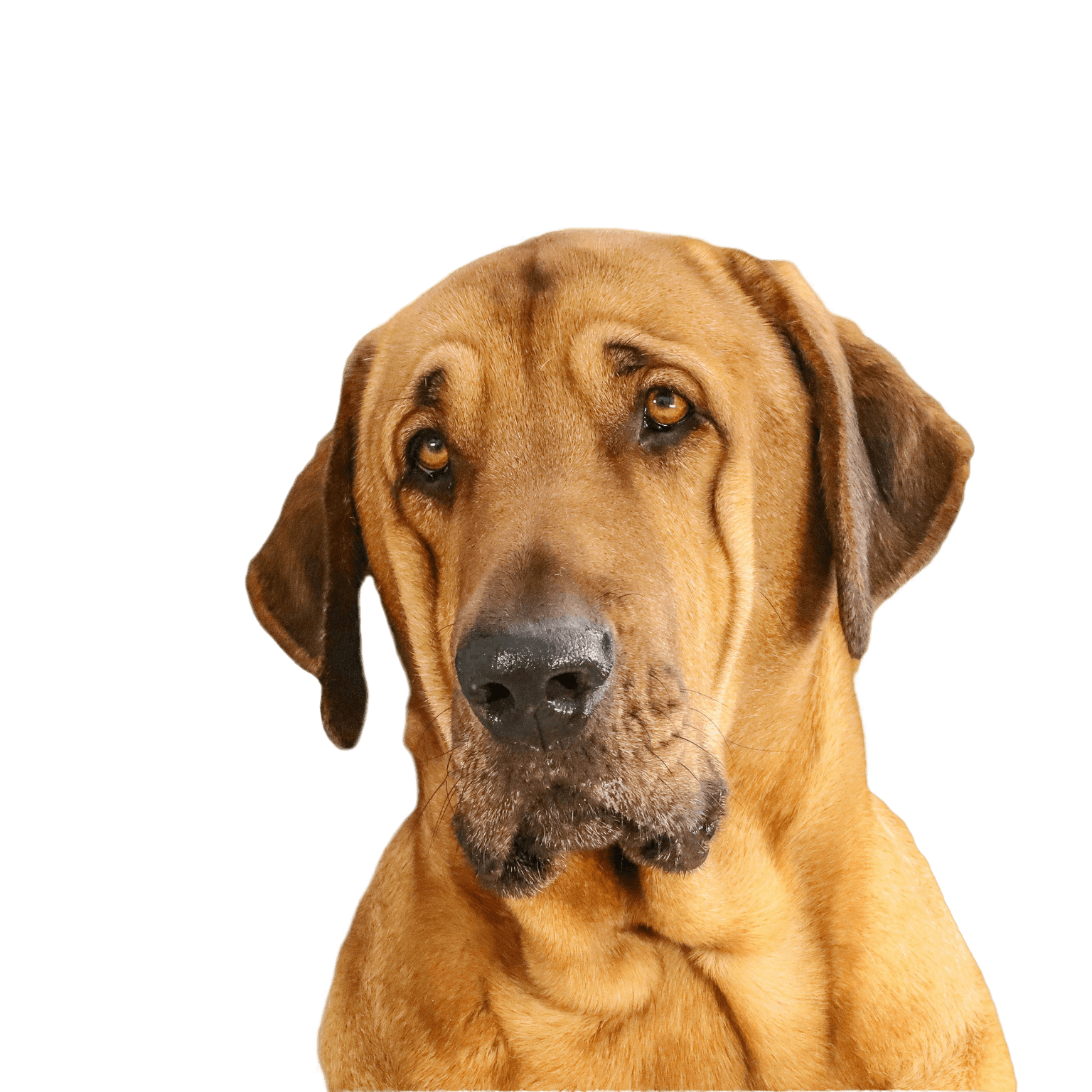
Appearance and coat of the Broholmer
Dogs of this breed impress with their enormous size and mass. At the same time, Broholmers are sporty animals. Their head is big and looks like it must be heavy. Typical for the breed are medium sized drooping ears. The tail hangs down like a sabre. The Broholmer moves in a strong and calm way.
The coat is short and lies close to the body. According to the breed standard, the colours yellow with black mask, gold-red and black are permitted. On chest, paws and the tip of the tail white markings are permitted. During the change of coat you should brush the coat more regularly.
What is the average size of a Broholmer?
Broholmer are very large dogs. Males reach about 75 cm height measured at the withers. Bitches grow to about 70 cm.
How much does a Broholmer weigh?
A Broholmer male dog weighs 50 to 70 kg. Adult bitches reach a weight of 40 to 60 kg.
What is the average age of a Broholmer?
Broholmers from a responsible breeding an average age of 10 years. By keeping them in a species-appropriate manner, feeding them high-quality food and caring for them lovingly you create good conditions for a long and happy dog life.
| Fur length | short |
| Fur | - |
| Ear shape | Floppy Ear |
| Tail | lang |
| Anatomy | massive |
| Size ♀ | 68 - 70 cm |
| Weight ♀ | 40 - 60 kg |
| Size ♂ | 70 - 75 cm |
| Weight ♂ | 50 - 70 kg |
| Suitable For | - |
Colors
Known Diseases
Hip dysplasia (HD)
Hip dysplasia (HD) is a genetic condition in dogs where the hip joint is not shaped properly. This leads to pain, stiffness and restricted movement.
Elbow dysplasia (ED)
Elbow joint dysplasia is a chronic disease complex of the elbow joint of fast growing dog breeds.
Heart disease
Can occur frequently in dogs and can sometimes be treated with medication.
FAQ
-
No, the Broholmer is not on any list of dangerous dogs in Germany, Austria or Switzerland.
-
Unfortunately, the Broholm dog only lives to be 8-10 years old.
-
In Denmark, Broholmers and English Mastiffs were used. Thus, it can be argued that Vikings used Broholmers.
-
Yes, the Broholmer is a Danish dog breed.




